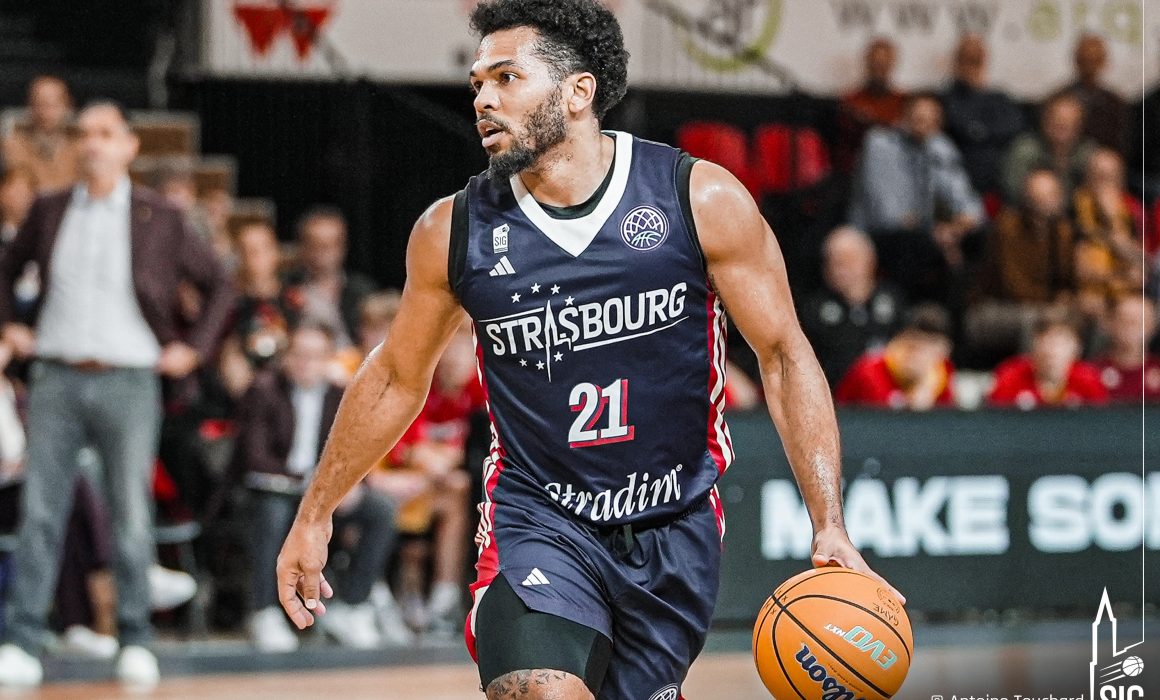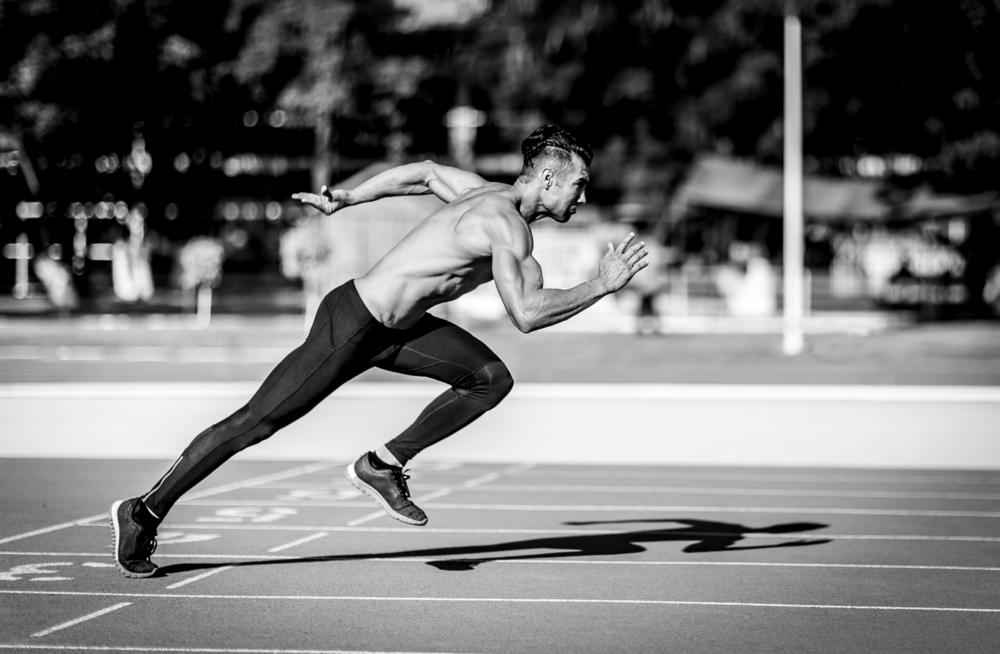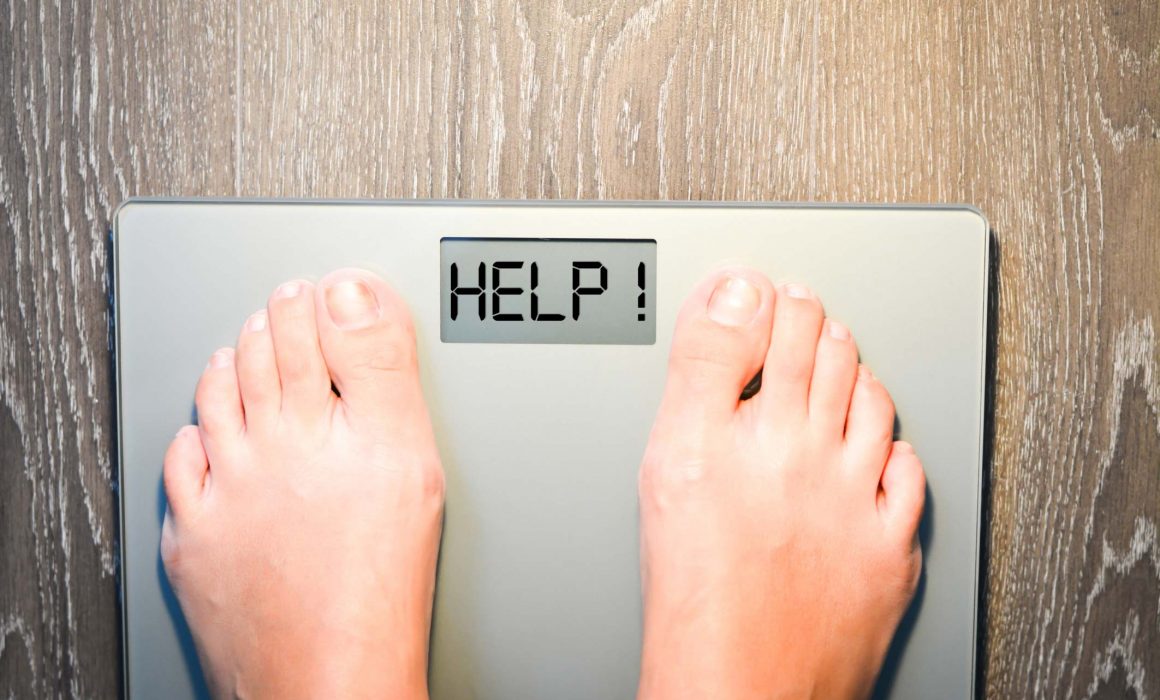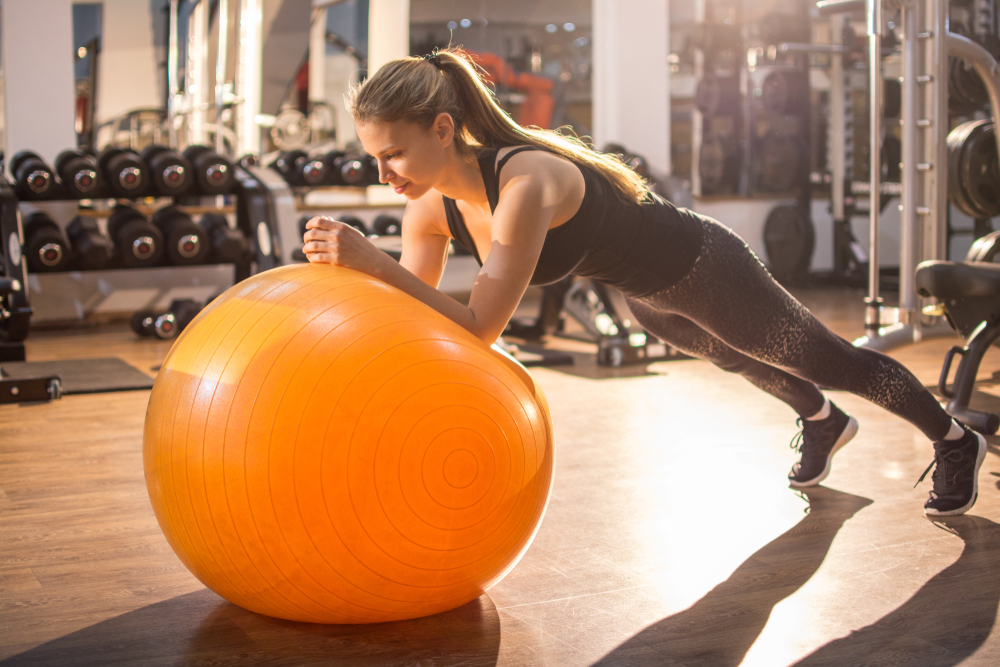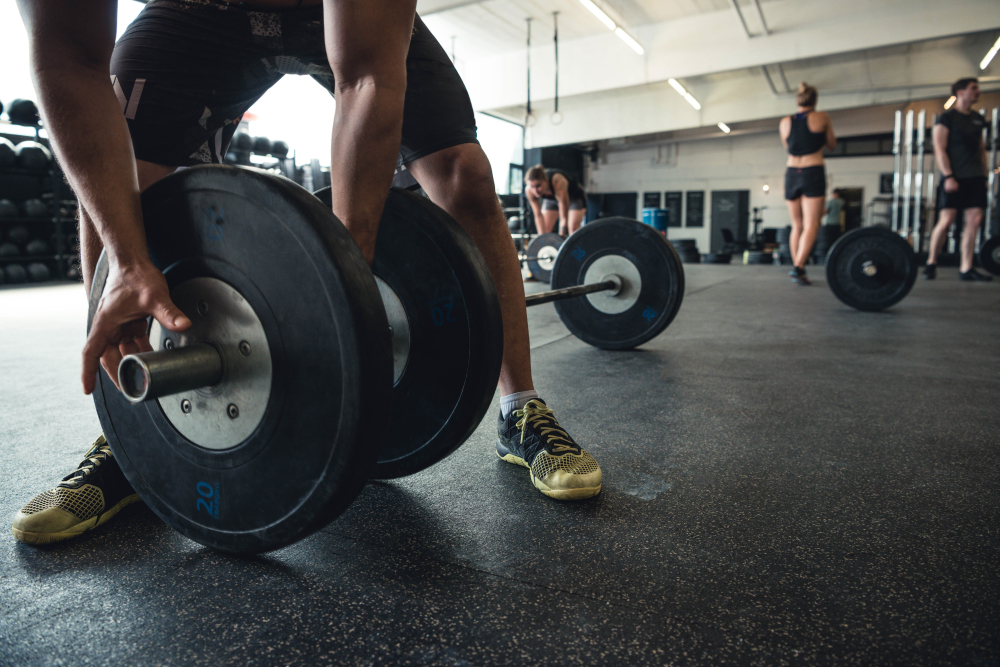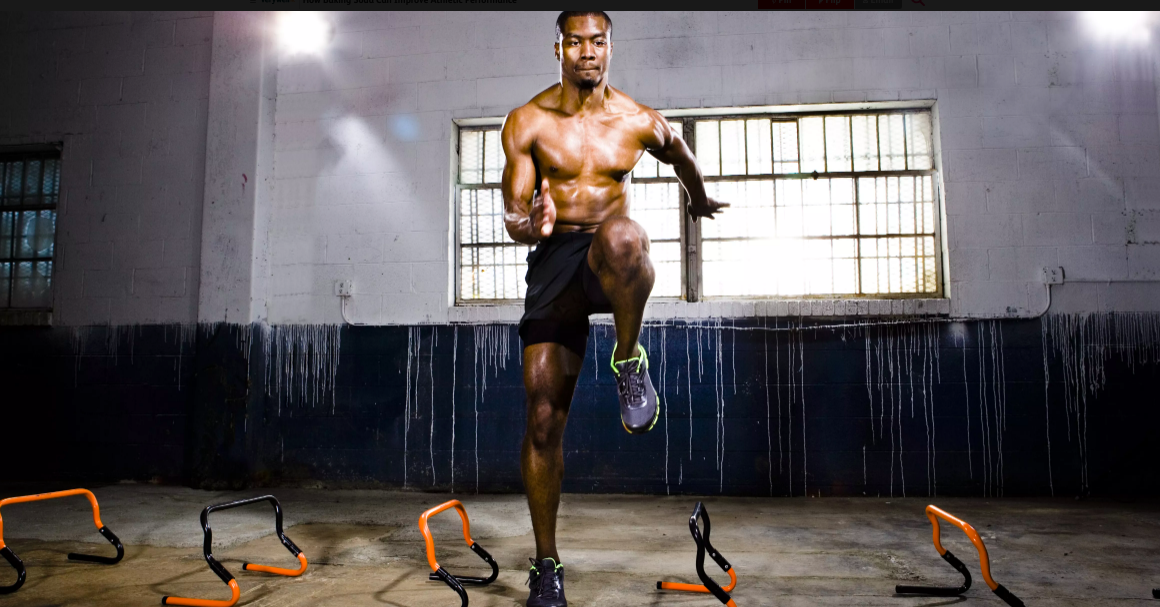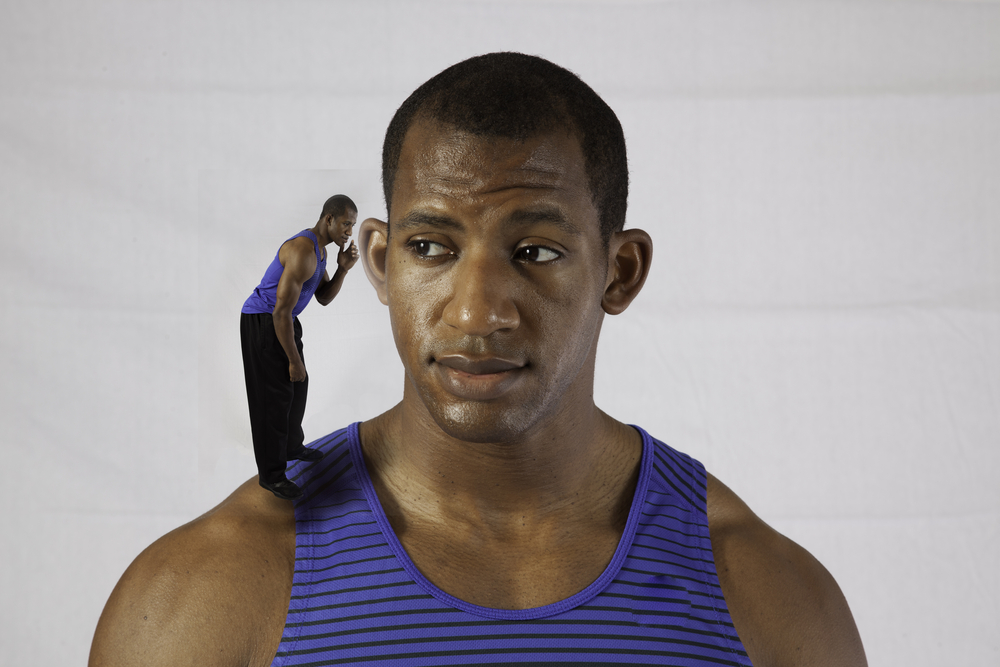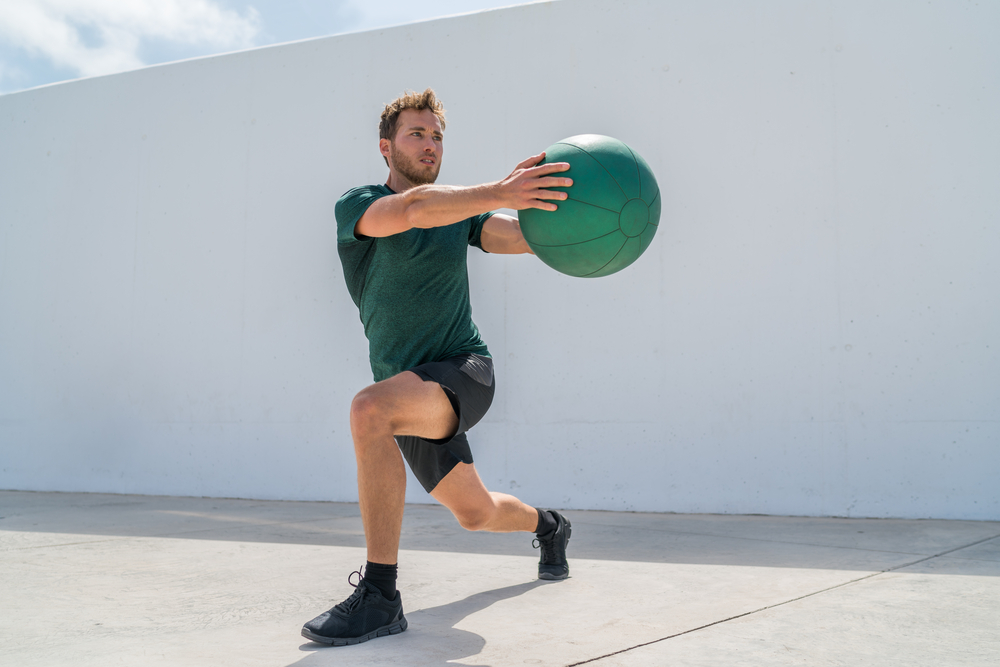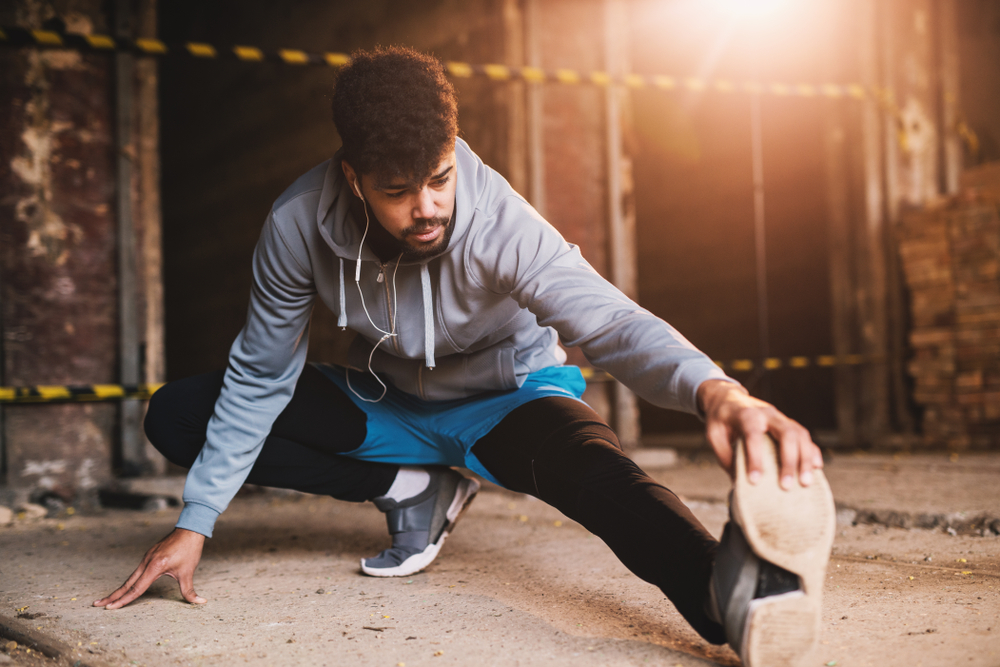N1 Motion Athlete Spotlight – Quinton Hooker
This months N1 Motion Athlete Spotlight is Quinton Hooker!

Quinton is one of our pros that will be leaving soon to play basketball in Italy. He will be here for a few more weeks so if you see him, please say hi and wish him well this season.
Current Team: Libertas Livorno – Italy
College: University of North Dakota
Bio: Quinton attended Park Center High School in his hometown of Brooklyn Park, Minnesota, earning Minnesota Mr. Basketball honors during his senior year after taking his team to the state title game. Nevertheless, he was lightly recruited out of high school and played college basketball at North Dakota from 2013 to 2017, where he was a two-time all-conference selection in the Big Sky during his decorated career. In his senior season he led the Fighting Hawks to a conference title and their first-ever NCAA Division I tournament appearance.
Awards and Honors:
– 2× First-team All-Big Sky Conference (2016, 2017)
– Big Sky tournament MVP (2017)
– 2× Big Sky All-Tournament Team (2016, 2017)
– 2× Lou Henson Mid-Major All-American (2016, 2017)[39]
– 2× Lou Henson Mid-Major Player of the Year Award finalist (2016, 2017)
– 2× College Court Report Mid-Major Player of the Year (2016, 2017)
– 2× NABC All-District (6) Second Team (2016, 2017)[40]
– Men Against Breast Cancer Classic All-Tournament Team (2016)[28]
– Glenn “Red” Jarrett UND Male Athlete of the Year (2017)[41]
– Lou Henson National Player of the Week
– 4× Big Sky Player of the Week
– Division I single-game school scoring record
– First Division I triple-double in school history
1. Can you share a bit about your athletic journey and what inspired you to pursue basketball?
– Growing up I played just about every sport but once I got to high school I decided to focus on basketball because it was my favorite. I always had it in my mind and as a goal to play college and professionally so I worked towards that at a young age. With a ton of work and guidance I ended up helping lead Park Center to its best State finish in school history up until that point and winning 2013 Mr. Basketball as well. Went to UND and had a solid career, where we also went to the NCAA tournament for the first time in school history my senior year. After that began my pro career overseas in Poland and now going into year 8.
2. What have been some of the biggest challenges and achievements in your career so far? Any advice for upcoming athletes?
– There’s been a ton of different challenges and achievements through my career like winning championships, dealing with injuries, the struggle of distance away from family but also being able to travel the world playing the game I love to play. However, through it all I believe that it’s been my faith in God and the relationships along the way that have been the greatest thing about basketball. As athletes, we push ourselves to be the best that we can and do the best that we can but wins and losses will come and go. Seasons start and finish before you know it but it’s the moments through the journey that last. If I can give any advice to upcoming athletes it would be to put God first and take time to enjoy the little things. Giving God the glory through the success and the trials.
3. How has training at N1 Motion prepared you for your upcoming season?
The training this summer at N1 has gotten my body back to full strength and feeling the best it has been after a long season. After having some nagging injuries this past year, Rak and the rest of the staff, helped me not only recover but build more strength and mobility to help me gear up for the next year. Definitely thankful for the attention to detail and structure that we had this summer to get me right!

